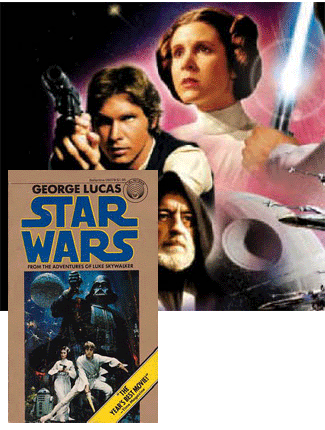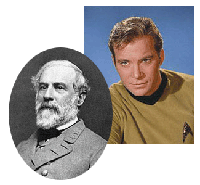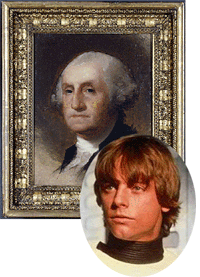

Continued from part 2, page 1...
Marvel comics had begun to give their characters "real world" troubles in the late 70s, but it was still all rather mild in comparison to what was to come. As the 80s began other companies tried to break through the strangle hold that Marvel and DC had on the comics market. A new publisher called First Comics hit the scene with their initial offerings hitting the shelves in 1983. Soon, other independent publishers were serving a wave of comic book stores that began opening in the early 80s. They sold comics and served the sci fi/comics fan base that had become such big spenders since Star Wars made a splash bringing Star Trek, an old friend, back to screens, large and small. Perhaps in response to all the mental distress that the cold war and the long-standing recession of the 60s and 70s had wrought sci fi and fantasy became all the rage by the 1980s.
By the time we had entered the mid 1980s this was the climate in which Watchmen
appeared. At length, in 1986 the first of a 12 part mini-series arrived on the newsstands.
Watchmen number one intrigued me. I was 24 and still trying to hold onto
my youthful fascination with illustration even though I was now married,
with a child on the way. I was fast finding that I could not lose myself
in the world of fantasy because reality had come a’ knockin’
at my basement apartment door with maddening rapidity and insistence. Most of us spell that "reality" B-I-L-L-S.
Babies soon needed feeding and rent had to be paid, but I still stubbornly
wanted to get lost in a good story.
One more thing forced me ever farther from my love affair with space and
fantasy; I had re-discovered history. I was finding that studying history
was far more engrossing than reading about what might be or what could
only be in fiction. History was forcing me to realize that truth really
is more amazing than fiction. It had, at last, dawned on me that if one
were to write stories like those from history, ones that had really happened,
people would tell you the plot is unbelievable and the characters absurd.
I was finally leaving my childhood heroes behind to discover, perhaps
belatedly, that my countrymen past and present were far more heroic, far more fascinating
than fictional characters could ever be. Robert E. Lee was braver and
more upright than Captain Kirk, George Washington more interesting than
Luke Skywalker. For me, it all had the novelty of being real, too.
But, I still had a year or two left for my comic book habit and Watchmen
was nearly the capper for that era for me. By the time Watchmen came out
in 1986, DC had begun a re-vamping of its line of titles. DC comics had
left behind the kiddie set to keep up with its encroaching rivals. Marvel
Comics had dominated the comics scene from the late 70s to about the mid
80s, but was still the only other powerhouse comic book publisher of the time.
DC was also trying to fend off the independent publishers that were beginning
to appear and were nibbling at the edges of the market with stories and
characters that appealed to a little more serious reader. Well, more serious
as far as comics went, anyway.
Click to continue to Part 3...




Home|Prelude|Part
1|Part
2|Part
3|Book
1|Book
2|Book
3|Book
4|Book
5|Book
6
Book
7|Book
8|Book
9|Book
10|Book
11|Book
12|Epilogue|Footnotes